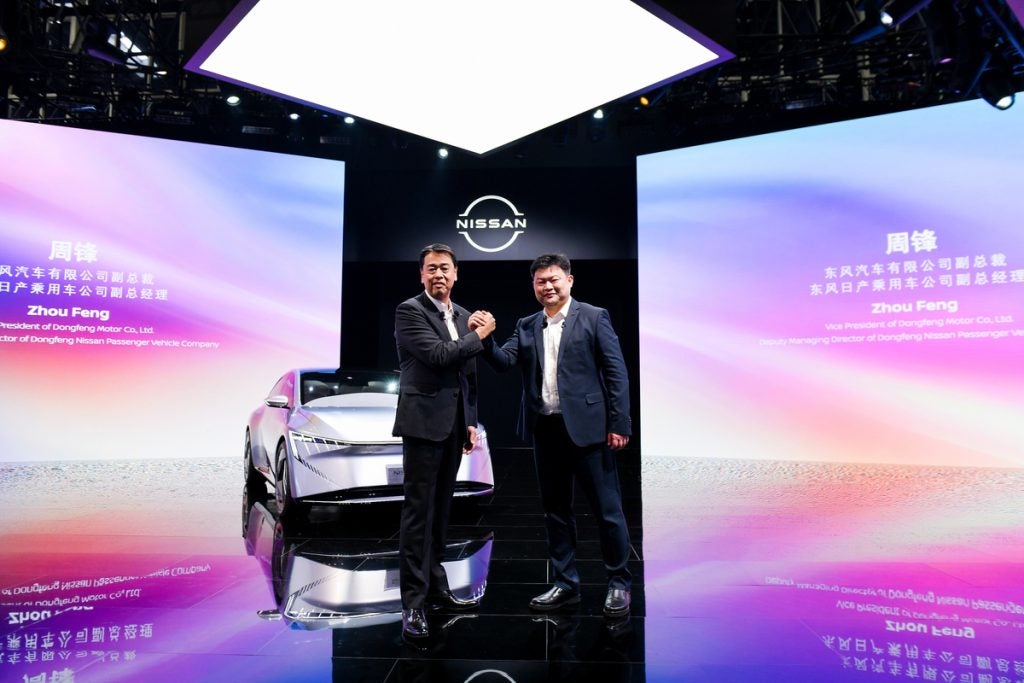ZF has introduced clutch-by-wire (CBW) that, it claims, for the first time, controls the clutch independently of the driver’s left foot and without a mechanical connection to the pedal. This adds functions to manual systems that were previously reserved for automatic or automated transmissions – particularly fuel-minimising coasting.
“Compared to systems that change gears fully automatically, the market share of manual transmissions will continue to contract slightly,” the supplier said in a statement. “However, absolute values and current forecasts also show that the overall sales curve for manual transmissions will continue to point upward for a long time. This applies above all to vehicle segments from the medium class down, and especially to emerging markets.
“This and steadily tougher emission and consumption regulations worldwide make it imperative to exploit efficiency potential in conventional drivelines as well.”
ZF said it had identified “useful potential” in the clutch system and started with the clutch-by-wire project where the clutch is actuated electronically by an integrated electric motor.
“Fuel consumption and therefore CO2 emissions drop by up to 10%,” said Jörg Buhl, the supplier’s head of actuator system design/engineering. “This figure results solely from automatic disengagement and engine switch-off in appropriate driving situations, known as the coasting function. Our CBW system allows vehicle manufacturers to achieve these effects in manual as well as automated transmissions.”
No stalling
How well do you really know your competitors?
Access the most comprehensive Company Profiles on the market, powered by GlobalData. Save hours of research. Gain competitive edge.

Thank you!
Your download email will arrive shortly
Not ready to buy yet? Download a free sample
We are confident about the unique quality of our Company Profiles. However, we want you to make the most beneficial decision for your business, so we offer a free sample that you can download by submitting the below form
By GlobalDataThe option of controlling the clutch by control unit and actuator alone with no mechanical connection to the pedal also opens up new comfort and safety benefits for manual transmissions; this includes start-up without operating the clutch pedal, as well as an anti-stall function that kicks in if the clutch pedal is released too soon or during emergency braking. The anti-stall feature then fully or partly opens the clutch before the engine speed drops below a critical level. There is also a ‘creep’ function where controlled slipping makes manoeuvring and driving in traffic jams easier.
Because the pedal is independent of the driveline, the design possibilities for different models are almost limitless. For instance, ZF suggested, the pedal could be made easy to press even if it comes with a sporty characteristic curve. A sensor detects actuating speeds and paths and the electronic and mechanical systems translate these into the clutch action the driver wants. Once set, the pedal feedback remains constant throughout the vehicle’s entire service life. Clutch wear doesn’t affect it because the CBW actuator automatically balances this out.
Although car drivers benefit from lower fuel consumption, new functions, and an ultra-precise coupling feel, they still control the vehicle in the familiar way. Vehicle manufacturers can continue to install the same volume production transmissions as before.
Works
The CBW actuator comes with a powerful, brushless DC motor that actuates the clutch in place of a cable controlled or hydraulic system. The integrated CCU (clutch control unit) controls the system depending on the pedal parameters and the function requirements in each case. When designing both actuators and software, the developers benefited from ZF expertise in automated manual transmissions used in passenger cars since 1994. Engineers also managed to combine high effectiveness with low electricity consumption in the CBW actuator as well as uniting the system components in a compact design that saves installation space. As a result, the CBW can be integrated into almost all common manual control drive concepts relatively easily and cost efficiently.







